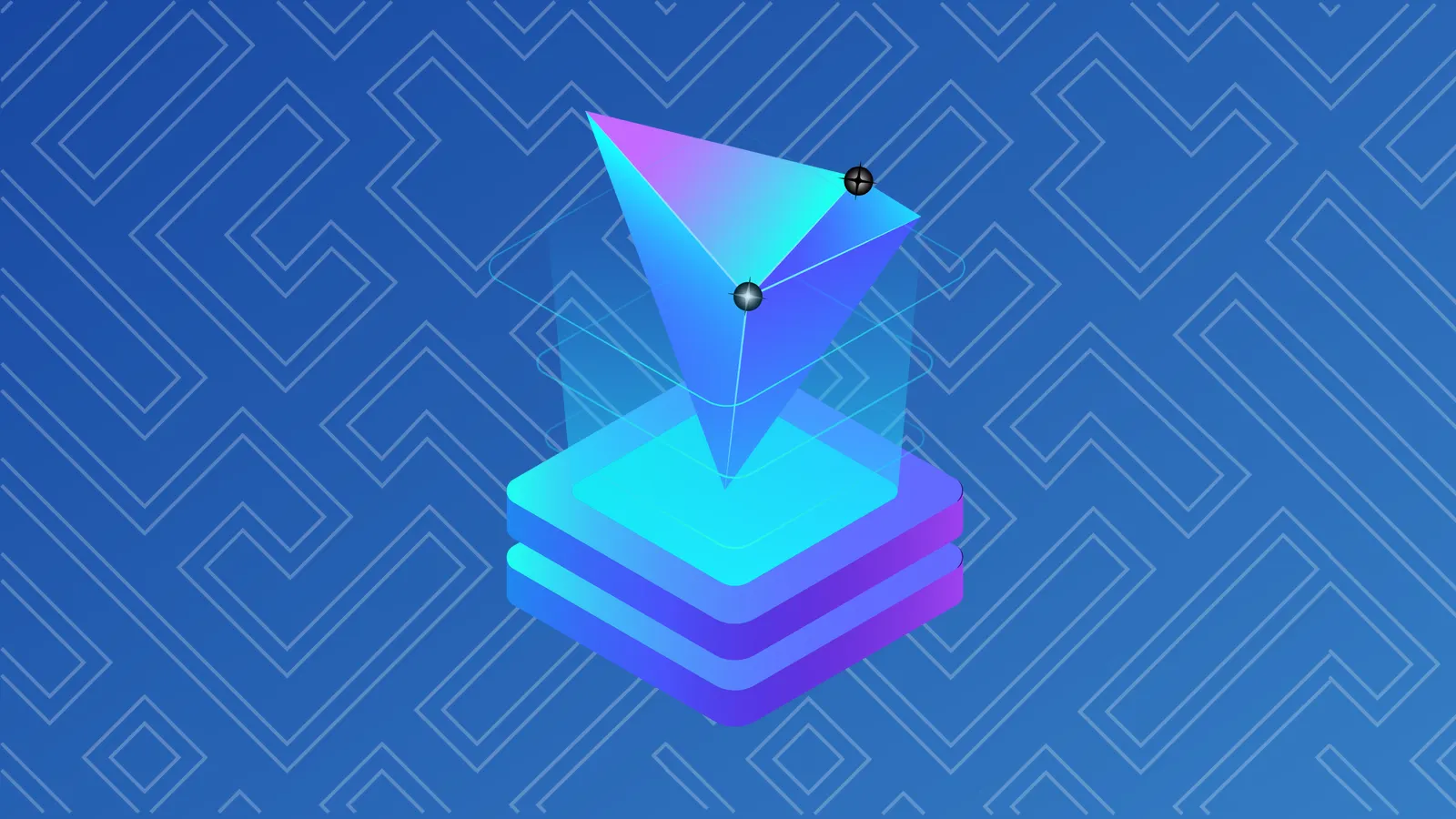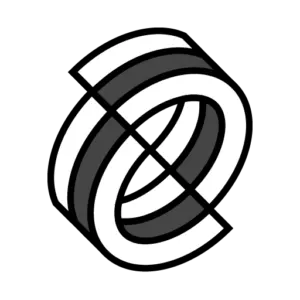The current version of the internet is dominated by centralized players. Companies like Google, Facebook and Amazon own and control the data we all generate. That’s made those middlemen very wealthy, and the rest of us not only out-of-pocket, but unsure how and what our data is being used for.
That’s a problem Tron wants to solve, by building a decentralized internet that's controlled and owned by the individuals who use it.
In this Learn article, we'll explore the basics of what Tron is and how it works. To learn more, head to our Courses section for our Getting Started with Tron course.
What is Tron?
Tron is an open-source blockchain platform designed to function as the infrastructure for a decentralized internet. It can run smart contracts, which form the building blocks of decentralized applications, or dapps; apps that run atop Tron's network of nodes, and therefore can't be shut down or controlled by a single person or entity.
Tron’s ambition is to form the foundation upon which sophisticated services like trading platforms, decentralized gaming networks and decentralized finance (DeFi) applications are built.
Who invented Tron?
Tron was founded by Justin Sun, the former chief representative of Ripple in China. Sun stepped down from his role as CEO of the Tron Foundation in December 2021, handing control of the project to the non-profit Tron DAO, a decentralized autonomous organization.
A brief history of Tron
- March 2014: Raybo, a precursor to Tron, is founded.
- July 2017: The Tron Foundation is established in Singapore.
- December 2017: Tron launches its own open-source protocol.
- March 2018: Tron launches its testnet and its own web wallet.
- May 2018: Tron launches its mainnet.
- June 2018: Tron’s first genesis block is created.
- July 2018: The Tron Foundation acquires p2p file-sharing service BitTorrent.
- March 2019: Tron partners with Tether to issue the USDT stablecoin as a TRC-20 token.
- July 2021: The Tron Foundation restructures itself as the Tron DAO.
- November 2021: Tron launches a $1.1 billion fund to grow its ecosystem.
- December 2021: Justin Sun steps down as Tron CEO, handing control of the project over to the Tron DAO.
- May 2022: Tron announces the launch of its USDD stablecoin.
What is Tronix (TRX)?
Tronix, or TRX, is the native coin of the Tron ecosystem. It's used for transaction fees on the network, and can be staked in order to receive network rewards. It's also used for governance, with TRX holders able to vote on decisions about the network.
Unlike mining-based cryptocurrencies like Bitcoin, the TRX token was issued at launch. As of October 2022, TRX’s token supply is 92 billion, and claims to have maintained a deflationary status since October 2021. TRX can be subdivided; the smallest unit of TRX is called SUN, with one TRX corresponding to 1,000,000 SUN.
Tron is less a cryptocurrency like Bitcoin, and more a unit of value. Tron wants its TRX token to facilitate the exchange of digital assets without requiring a middleman.
Tron’s TRX token acts as the ledger that keeps track of the exchanges on the network, and ultimately becomes a store of value that content creators can use as they see fit.
Did you know?
TRON completed its first deflation in history from March 30th, 2021 to April 5th, 2021, marking TRX’s leap into the era of deflation.
How does Tron work?
At the heart of Tron is a consensus mechanism known as delegated proof-of-stake, or DPoS. Unlike Bitcoin, Tron doesn't use proof-of-work, a model that relies on a network of computers solving math problems to maintain the security of its network. This is a highly energy-intensive process that's resulted in criticism of Bitcoin's environmental impact.
Instead, DPoS is an evolution of the proof-of-stake mechanism employed by blockchains like Ethereum. In this system, people vote on which nodes should be allowed to process transactions on the network. On the Tron network, there are 27 of these "super representatives".
Their job is to validate transactions, create new blocks and compete for rewards for good behavior on the network. The voting system to elect super representatives is ongoing, meaning that if one is misbehaving, they can be replaced.
Did you know?
To become a super representative on Tron you need to acquire more than 100 million votes. One token equals one vote.
What’s so special about Tron?
Tron’s mission is to “heal the internet”. It believes it can do that by deploying four main features.
- 🙏 Data liberation: allow data to move freely and uncensored across its network.
- 📹 Digital assets: create an ecosystem where users can own the rights to content and track it as it spreads.
- 💰 Personal ICOs: The ability for anyone to raise funds and distribute digital assets.
- 📝 More than just smart contracts: Create infrastructure to allow more complicated assets like games and market forecasting to take place on the platform.
The future of Tron
Tron is aiming to position itself at the heart of the emerging decentralized internet, building out its ecosystem to support numerous dapps and projects such as its stablecoin, USDD.
Want to learn more about Tron? Head to our Courses section for our Getting Started with Tron course.
Sponsored post by Tron
Learn More about partnering with Decrypt.


